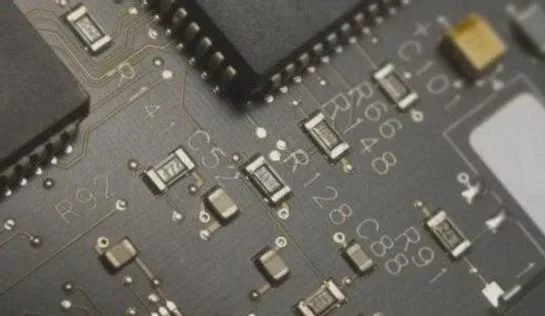Twelve Critical Characteristics of Reliable PCBs: Ensuring Quality in International Trade (Part 3)
Key PCB Quality Standards for Export-Ready Electronics Manufacturing
When sourcing high-performance PCBs from China or selecting a reliable PCB manufacturer for export, understanding these critical quality characteristics can mean the difference between successful international shipments and costly rejections.
1. IPC-4101 Class B/L Compliance for CCL Tolerance Control
Benefit: Precise dielectric layer thickness management ensures consistent electrical performance across production batches – crucial for export-quality electronic components.
Risk: Non-compliance leads to electrical performance variations that may cause international shipment rejections due to inconsistent output.
2. IPC-SM-840 Class T Certification for Solder Mask Materials
Benefit: UL-certified solder mask inks prevent adhesion failures and corrosion – essential for long-distance shipping durability.
Risk: Substandard inks may cause solder mask detachment during transit, leading to copper corrosion and customer returns.
3. Mechanical Feature Tolerance Standards
Benefit: Tight dimensional control ensures perfect fit in global supply chain assemblies, reducing cross-border compatibility issues.
Risk: Loose tolerances create assembly problems at international OEM facilities, potentially halting production lines.
4. Solder Mask Thickness Specifications
Benefit: Optimal thickness prevents shipping-related damage and maintains insulation properties during international logistics handling.
Risk: Thin coatings risk short circuits from vibration during ocean freight transport.
Export-Specific PCB Quality Considerations
5. International Appearance & Repair Standards
Benefit: Cosmetic perfection meets global buyer expectations and prevents overseas customer complaints.
Risk: Surface flaws may trigger visual inspections and customs delays.
6. Plug Hole Depth for Export Reliability
Benefit: Complete hole filling prevents contamination during long-term storage in humid transit conditions.
Risk: Incomplete holes collect moisture during ocean shipping, causing later solder defects.
7. Approved Peelable Mask Materials
Benefit: Certified blue glue ensures clean removal after international shipping and handling.
Risk: Cheap alternatives may harden during transit, becoming impossible to remove at destination facilities.
Best Practices for International PCB Procurement
8. PO Approval Procedures for Export Orders
Benefit: Documented specifications prevent cross-border miscommunication with overseas manufacturers.
Risk: Undefined requirements may surface only after costly international shipments arrive.
9. Scrap Unit Rejection Protocols
Benefit: Strict segregation prevents defective boards entering global supply chains.
Risk: Mixed shipments may violate international quality agreements and damage supplier reputation.
“When exporting PCBs internationally, these quality characteristics aren’t just specifications – they’re your first line of defense against costly cross-border supply chain failures.”
Choosing the Right PCB Manufacturer for Export
- Verify all IPC certifications are current and internationally recognized
- Confirm experience with export packaging requirements for electronics
- Request documentation of quality control processes for international shipments
- Ensure understanding of destination country compliance standards
By prioritizing these critical PCB characteristics, global buyers can significantly reduce risks when importing electronic components from China or other manufacturing hubs, ensuring smooth international transactions and long-term supply chain reliability.

